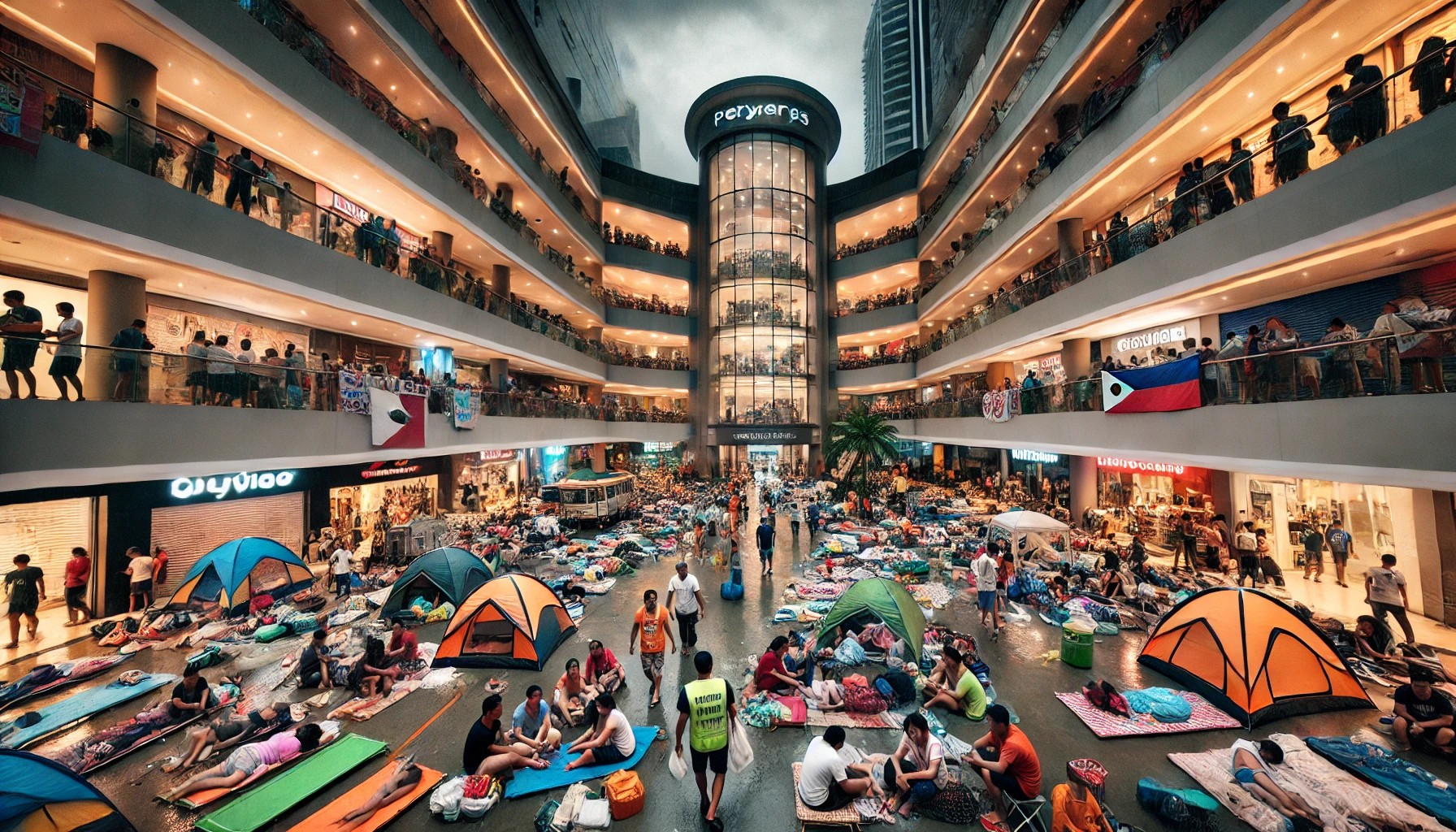Metro Manila Malls Offer Shelter to Flood-Affected Residents
As Metro Manila grapples with severe flooding triggered by Typhoon Carina and incessant monsoon rains, major shopping malls have stepped in to provide much-needed shelter to displaced residents. The Philippine Atmospheric, Geophysical and Astronomical Services Administration (PAGASA) has issued multiple flood warnings across the National Capital Region, particularly highlighting areas such as the Pasig-Marikina river basin and the Laguna de Bay region. These regions are experiencing significant inundation, which has disrupted daily life and public transportation systems.
In response to this crisis, several malls, including SM City Manila and others, have opened their doors to provide temporary refuge. These malls are offering basic amenities such as food, water, and sleeping arrangements to affected individuals and families. This initiative is part of a broader community effort to support those in need during this challenging period. Malls have become crucial safe havens, especially for those whose homes have been severely impacted or who are unable to return home due to the dangerous conditions.
The flooding has not only affected residential areas but also critical infrastructure. The Skyway system, an essential elevated highway that connects various parts of Metro Manila, has reported significant flooding. The situation has been aggravated by ongoing construction activities that have complicated drainage issues. San Miguel Corporation, the operator of the Skyway, has been working in coordination with local government units and the Department of Public Works and Highways to address these challenges.
The disruption extends to air travel, with numerous flights at the Ninoy Aquino International Airport (NAIA) being canceled or delayed. Airlines like Cebu Pacific have issued advisories and offered flexible rebooking options for passengers affected by the adverse weather conditions.
Local authorities, including the Metropolitan Manila Development Authority (MMDA), are actively engaged in managing the flood response. Efforts include enhancing drainage systems and ensuring that emergency services are accessible to all residents. This ongoing crisis highlights the need for comprehensive urban planning and disaster preparedness in Metro Manila, which is often susceptible to severe weather events during the rainy season.
As the rains are expected to continue, both authorities and communities remain on high alert, prioritizing the safety and well-being of all affected residents. The collaboration between public and private sectors exemplifies a community-centered approach to disaster response, crucial for navigating the challenges posed by natural disasters.

